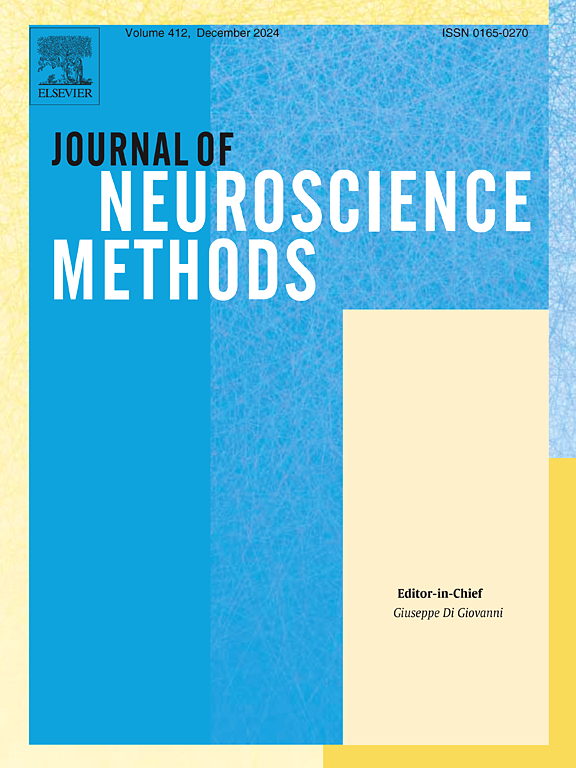Adaptations to the neuronal culture for researchers at undergraduate institutions
IF 2.7
4区 医学
Q2 BIOCHEMICAL RESEARCH METHODS
引用次数: 0
Abstract
Background
The use of rat hippocampal neurons in culture has become an essential tool in neuroscience, enabling detailed study of excitatory synapse organization, neurotransmitter release, and mechanisms of synaptic plasticity. While these cultures provide valuable insights, the physiological relevance of this simplified in vitro system remains an ongoing discussion. Research indicates that cultured hippocampal neurons undergo key maturation processes, including the development of mature dendritic spines, within weeks, mirroring aspects of in vivo development. Importantly, cultured neurons offer unique experimental flexibility, facilitating single-neuron manipulations that is technically challenging or impractical in intact brain slices or with viral vectors. Despite these advantages, establishing cultures with minimal glial support—critical for experiments involving sparse labeling of extracellular proteins for single-particle tracking—often demands substantial time, expertise, and resources, making it difficult to implement in smaller laboratories with limited personnel and funding.
New method
In this study, we present modifications to the standard hippocampal culture protocol designed to improve accessibility and usability in resource-limited settings, such as undergraduate-focused institutions.
Results/Comparison
Our protocol reduces costs, simplifies the culturing process, and minimizes time requirements, supporting robust neuronal cultures with physiological properties comparable to those of traditional methods. These adaptations enable the execution of sophisticated experiments, including single-molecule tracking, in personnel-limited research environments.
Conclusions
This approach highlights the potential for undergraduate institutions to make significant contributions to scientific advancements, rather than being viewed solely as centers for undergraduate training.
本科院校研究人员对神经元培养的适应。
背景:培养大鼠海马神经元已成为神经科学研究的重要工具,可以详细研究兴奋性突触组织、神经递质释放和突触可塑性机制。虽然这些培养提供了有价值的见解,但这种简化的体外系统的生理相关性仍然是一个正在进行的讨论。研究表明,培养的海马神经元在数周内经历了关键的成熟过程,包括成熟树突棘的发育,反映了体内发育的各个方面。重要的是,培养神经元提供了独特的实验灵活性,促进了在完整脑切片或病毒载体上具有技术挑战性或不切实际的单神经元操作。尽管有这些优势,建立最小胶质细胞支持的培养-这对于涉及细胞外蛋白稀疏标记的单颗粒跟踪实验至关重要-通常需要大量的时间,专业知识和资源,这使得在人员和资金有限的小型实验室中难以实施。新方法:在本研究中,我们对标准海马体培养方案进行了修改,旨在提高资源有限环境(如以本科生为重点的机构)的可及性和可用性。结果/比较:我们的方案降低了成本,简化了培养过程,并最大限度地减少了时间要求,支持具有与传统方法相当的生理特性的稳健神经元培养。这些适应性使得在人员有限的研究环境中能够执行复杂的实验,包括单分子跟踪。结论:这种方法强调了本科院校为科学进步做出重大贡献的潜力,而不是仅仅被视为本科生培训中心。
本文章由计算机程序翻译,如有差异,请以英文原文为准。
求助全文
约1分钟内获得全文
求助全文
来源期刊

Journal of Neuroscience Methods
医学-神经科学
CiteScore
7.10
自引率
3.30%
发文量
226
审稿时长
52 days
期刊介绍:
The Journal of Neuroscience Methods publishes papers that describe new methods that are specifically for neuroscience research conducted in invertebrates, vertebrates or in man. Major methodological improvements or important refinements of established neuroscience methods are also considered for publication. The Journal''s Scope includes all aspects of contemporary neuroscience research, including anatomical, behavioural, biochemical, cellular, computational, molecular, invasive and non-invasive imaging, optogenetic, and physiological research investigations.
 求助内容:
求助内容: 应助结果提醒方式:
应助结果提醒方式:


